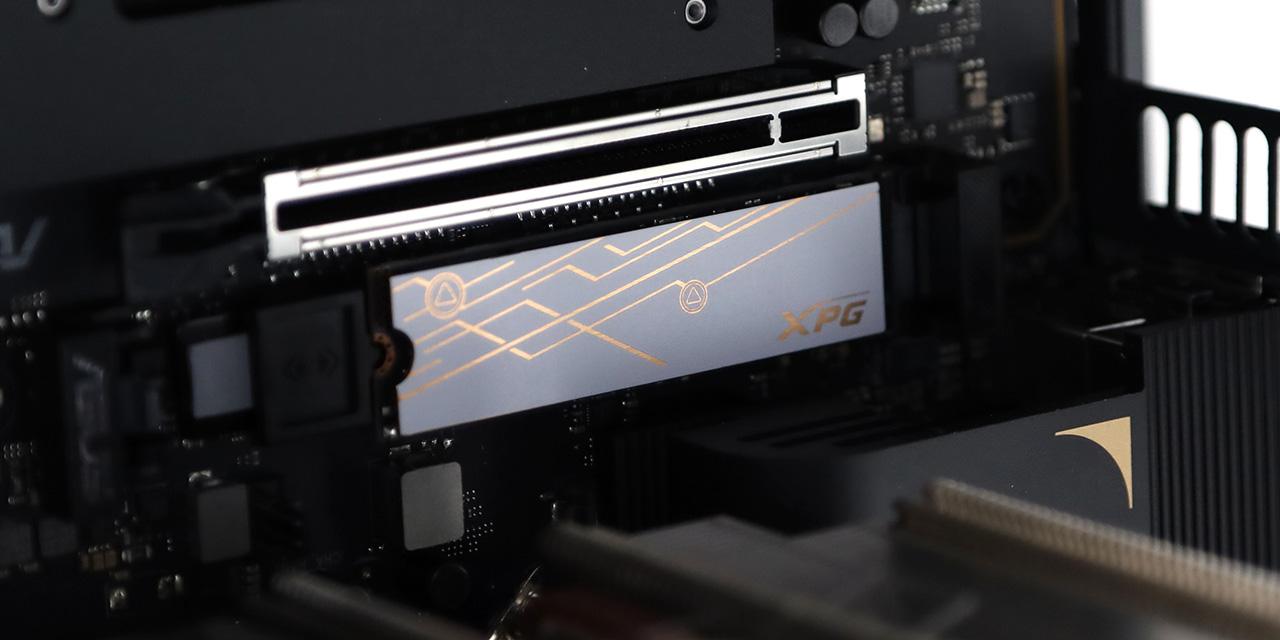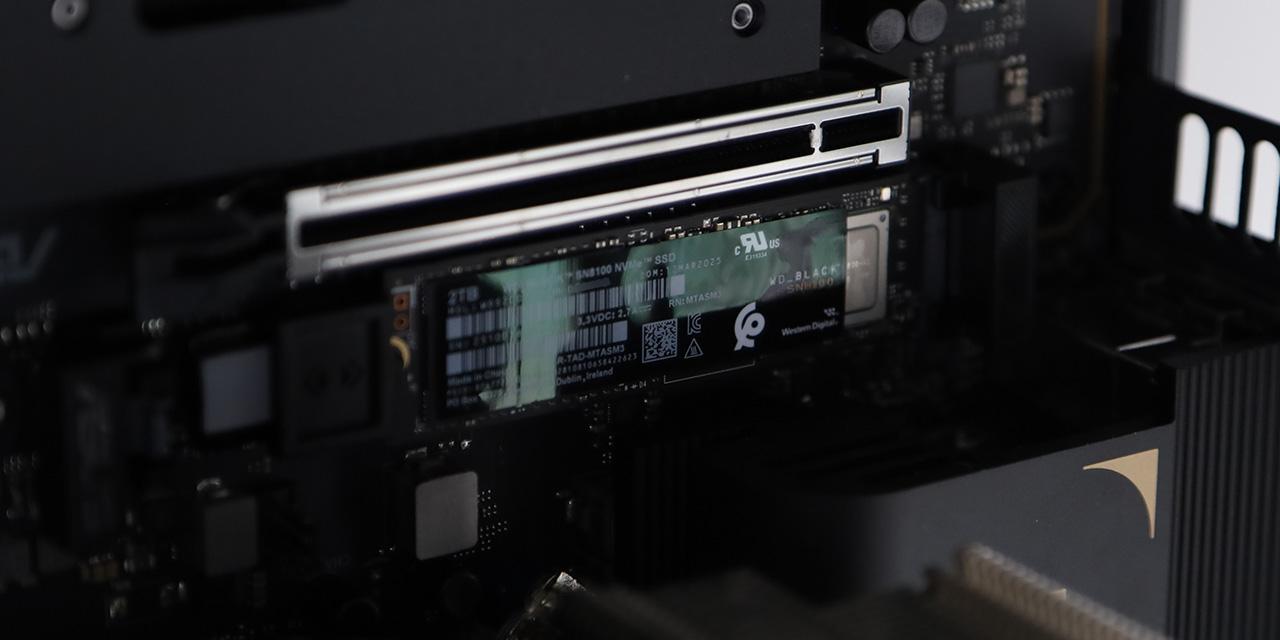By: Jonathan Kwan
January 9, 2007
Overclocking has been a large focus for PC enthusiasts for a long time. After all, what's better than obtaining free speed and squeezing the most juice out of your processor? Even if you are not into overclocking, another stream that has entered the ideals of building a computer can be referred as the focus on silent computing. To achieve this goal, the process requires elimination of computer parts that generates noise -- and cooling the component that's being overclocked -- namely, the CPU. How important is this? To be honest, I wasn't much into overclocking until I bought a Core 2 Duo where 50% overclocks can be achieved stably by majority of consumers without exotic equipment such as liquid nitrogen. However, despite the level of success in today's overclocking, the stock CPU cooler provided by Intel (Or AMD, for that matter) is by no means quiet nor is it optimized for overclocking. We haven't looked at any heatsink/fans for quite a while, and now we are back today taking a close look at Scythe's new Andy Samurai Master heatsink/fan. How well will this unit perform? We'll soon see the results in our graphs later. Alright, let's check it out.
Our review unit came using UPS Ground from Scythe's office in the States. Everything inside was well packed and in great condition. I was pretty surprised how such a small box can contain two large heatsinks -- one being the Scythe Andy Samurai Master we are going to be looking at today, while a Scythe Infinity was also sent to us for evaluation in which we'll get to very shortly.
The Scythe Andy Samurai Master came in retail packaging. What's very interesting is the retail package. As Scythe originally started out in Japan, the Andy Samurai Master retains elements of the Japanese aspect. If the name is not a large contributing factor, then what really evokes this sense is the box. I found it quite interesting, because it's quite similar to the packaging Japanese robot toys (Like, well, I am very outdated and uninformed in this, but say... like Transformers haha).
So basically, what we are going to do is see if our new hero, the Andy Samurai Master, will own some bad guys in the battlefield... I mean, the benchmark and performance graphs.
The retail box was easy to open; no blister packs, no plastic film or bags -- and its packaging demonstrates efficiency to an extent as there's basically no wasted room inside. It's tight, and a small rectangular box holds the mounting accessories inside.
Out of the box, you'll notice that the entire Andy Samurai Master package includes no screws -- the mounting accessories included consists of LGA775, Socket 478, Socket AM2, Socket 940, and Socket 939 simply clips onto the heatsink (We might be able to assume that it fits for Socket 754 as well, since I tried heatsinks for Socket 939 into a Socket 754 motherboard -- however, it might not fit due to placement of capacitors and other components that may get into the way of installation).
Also included out of the box are a manual and a small package of white thermal compound.
A comparison with other heatsinks. On the left is the Scythe Infinity, center is the stock Intel heatsink that comes along with the Core 2 Duos, and sitting on the right is the Scythe Andy Samurai Master we are examining today. Compared to the Intel stock heatsink, both Scythe products are Godzilla -- and of course, even without relative applications, any active heat dissipation device designed to accommodate a full 120mm fan inside a computer will occupy lots of room.
The orientation of this type of fan is not quite the kind we see from Scythe often, however. The Andy Samurai Master with the preinstalled fan brings air over the top of the CPU directly, instead of implementing a perpendicular design like the company's Scythe Infinity. This may show disadvantage in performance due to design, as perpendicular implementation will perform better than over-the-top orientation primarily due to airflow patterns.
A two-phase design can be seen here. The first stage is the block of fins and base directly contacting the CPU, while a larger second stage with length and width nearly identical to the included 120mm fan cools down the heat carried there by the 6 heatpipes. The two sections are held together through the heatpipes only; and it's pretty easy to bend and bring the heatsink out of shape -- and that's not necessarily completely reversible. It would also create higher potential for you to damage the heatsink, so if a hook of some kind was put on the other side where heatpipes are not present, then this problem would not apply.
An interest thing that hits is how it stacks up against Scythe's famous Infinity heatsink. Although the Andy Samurai Master has no airflow advantage like the Infinity with perpendicular design, the Andy Samurai Master does have 1 more heatpipe than that of the Infinity. Another thing is we know how evaporated liquid goes up -- and to follow this law, the heatpipes are vertical in relative; unlike the Infinity whose design incorporates heatpipes in a horizontal fashion.
Also, fins are in subgroups of 3 if you take a close look at the photo above. The fan connector is a 3-pin connector, not a 4-pin.
The base of the heatsink is copper. It's polished to a clean shine that's not depicted so well in the photo due to my camera's limitations, but it's definitely one of the best we've seen up until this point (Also slightly better than the base of our unit of Scythe's Infinity).
Because the heatsink itself is aluminum, it is quite light for its size. Copper is a better conductor, but it probably would be too heavy and apply too much strain on the motherboard. A close inspection of build quality of the Scythe Andy Samurai Master revealed no bad welding points or mishandled areas.
Since we will be using the Scythe Andy Samurai on an Intel LGA775 based testing platform, we will be rating this product's installation based on mounting accessories provided for this socket.
The Scythe Andy Samurai Master is entirely tool-free for this purpose -- two pieces of LGA775 mount accessories clips onto the heatsink itself securely and easily. Using Intel stock mounting holes, it's excellent news for all as you do not have to remove your motherboard to change the backplate in order to accommodate this heatsink.
While testing this in my computer with an Asus P5W64-WS Professional motherboard in a Thermaltake Aguila case, installation may prove inconvenience despite the fact that the motherboard does not need to be removed.
The physical size of this heatsink is a limitation.
Notice in our photo above of how a heatpipe actually touches my chipset cooler on my motherboard. It's quite a tight fit.
Also, it's very hard to reach for the push clips with such a large upper phase of the heatsink. The ones on the right side are easier to reach for, but I still had to remove one of my RAM modules. I had to remove my graphics card for me to properly reach the pin at the bottom left; and lastly -- the one in the top left corner is impossible to reach -- I was forced to remove my back 120mm fan as well as loosen my power supply to temporarily relocate it to a different area in order to create a mini lever system to push that pin down (Since I can't get my hand in there). The reverse goes for removing it later as well.
The Tests
Tests were conducted on computer with the following specifications:
CPU: Intel Core 2 Duo E6300 @ 2.80GHz (400MHz*7)
Motherboard: Asus P5W64-WS Professional
RAM: OCZ Special Ops Edition Urban Elite PC6400 2x1GB @ 4-4-3-11, 1:1 with CPU
Case: Thermaltake Aguila (1x120mm LED, 1x120mm)
Power: Seasonic M12 500W
Graphics: BFG GeForce 7600GT OC 256MB
Sound: Creative X-Fi XtremeMusic
Optical Drive: NEC AD-7170A 18X DVD+/-RW
Hard Drive: Seagate 7200.10 320GB 16MB SATA2
Comparison Heatsinks
- Scythe Andy Samurai Master
- Scythe Infinity
- Intel Stock
All tests were run with the computer in an upright position, case door closed, in order to achieve the most accurate and real-life results. The computer remained in the same location in the same room throughout all tests. The room temperature is around 24c. Arctic Silver's Ambrosia HT thermal paste was used for its 30-minute minimum break time; all pastes were given a proper amount of time for them to fully settle. The fan on the heatsink will be directly connected to the motherboard's 3 or 4-pin connector. Computer is turned on and idling for at least 4 hours for the idling tests. High CPU load results were obtained using Prime95's large FFTs Torture Test and SuperPI running at the same time for a minimum of 15 minutes.
Please note that the temperatures were obtained on different days, because we have to allow the paste to be guaranteed fully settled before testing each heatsink. For this reason, there could be a change in our room temperature due to conditions outside. Each test has been run several times at different times of the day to maximize accuracy.


Under idle conditions, the Scythe Andy Samurai Master was 5 degrees Celsius lower than the Intel stock heatsink, but 2 degrees higher than the Scythe Infinity. Under APH simulated load conditions on our Core 2 Duo overclocked to 2.8GHz, both cores remained 6 degrees lower than the stock Intel heatsink -- but again, 2 degrees higher than the Infinity.

What's interesting about these figures is they lay at the roots of the fan RPM. Although the Scythe Andy Samurai Master remained 5-6 degrees Celsius lower than the stock Intel heatsink under both idle and load conditions, fan speed of Scythe Andy Samurai Master's 120mm fan is roughly half of Intel stock heatsink's fan speed. Lower fan speed translates to less noise, and the Scythe Andy Samurai Master -- using the same fan as the Infinity -- was spinning only slightly faster than the company's Infinity heatsink.
Both heatsinks can be classified as relatively quiet heatsinks due to large, low RPM fans.
The Scythe Andy Samurai is not a bad heatsink -- the build quality in general is very good; and I noticed no points where heatpipes are welded in with rough work (Or that it's not covered up appropriately). Heatsink base has a nice, polished shine, and should provide excellent contact with your CPU with the aid of a quality thermal compound. Although installation is theoretically easy, in reality it wasn't exactly as great as it sounds on paper due to limitations of its physical size and the large upper phase of the heatsink getting into the way of reaching the push pins located at the lower phase of the unit. Also, as the two phases of the Scythe Andy Samurai Master is held together through utilization of the heatpipes, the heatpipes are fairly prone to bending if pressure is applied and could damage both the heatpipes and the orientation of the upper phase of the heatsink -- and in my opinion, both problem can be fixed by implementing a small clip or hook on the unattached side. Performance was pretty good, but if you can shell out a few extra bucks, the Scythe Infinity is probably a better investment pulling out just better numbers at a hair lower fan speed.
Update: Because the heatpipes are not welded to the fins, it will loosen up over time, causing performance degradation. This is a major concern in the long term.
Special thanks to James over at Scythe for making this review possible.
Rating: 5.8/10
- The rating 6/10 means "A product with its advantages, but drawbacks should not be ignored before purchasing."
- The rating 5/10 means "An average product with no real advantages; drawbacks and advantages just seems to cancel each other out."
- More information in our Review Focus.
The Scythe Andy Samurai Master is a pretty good heatsink -- it's quiet, and the results aren't bad -- but there are a few flaws here and there, and the company's Infinity heatsink for a few bucks more (MSRP) is probably a better purchase due to performance, and generally a better experience during installation and usage.





